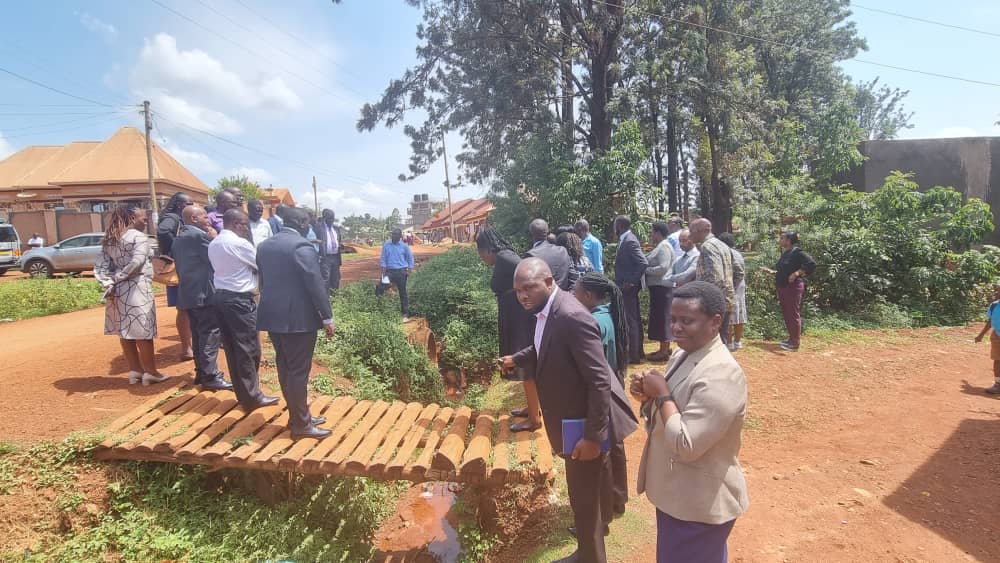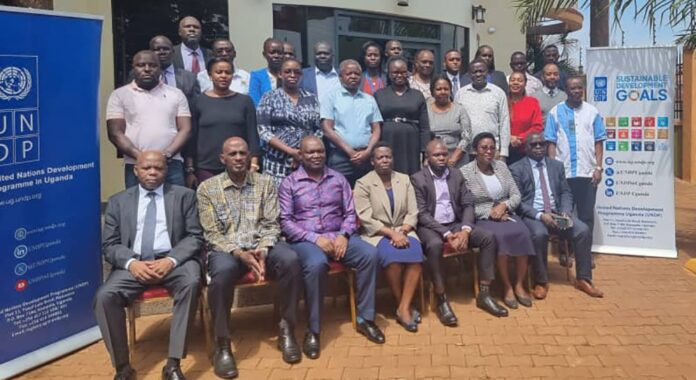Uganda and Kenya have held their first-ever joint meeting on urban resilience, marking a significant step in cross-border cooperation to address shared climate and environmental challenges.
The three-day meeting, held from June 3 to 5 in Busia, Uganda, brought together government representatives, local leaders, and development partners to discuss strategies for building climate-resilient towns along the border.

Co-chaired by Ambassador Eunice Kigenyi, Deputy Head of Mission at the Uganda High Commission in Nairobi, and Joel Wamalwa, Chief Executive Officer of the Lake Victoria North Water Works Development Agency, the forum underscored the need for joint planning in areas most affected by flooding, deforestation, and poor waste management.
Busia Municipality Town Clerk Fenard Katunda warned that rapid urbanisation, encroachment on wetlands, and weak stormwater systems had left the region highly vulnerable to climate-induced disasters. He urged both nations to harmonise policies, strengthen coordination, and enforce environmental regulations to protect lives and livelihoods.
Amin Sadik Agele, Mayor of Busia Municipality, called for a regional flood management framework, noting that “the challenges we face do not respect borders. Our response must be as unified as the threats are shared.”
The meeting also proposed the development of joint Standard Operating Procedures (SOPs) and a regional action plan involving local communities.
Ambassador Kigenyi praised the collaboration, saying it reflected a shift from fragmented efforts toward a unified, multi-sectoral approach. Kenya’s delegation leader, Wamalwa, reaffirmed his country’s commitment to sustainable urban growth, while UNDP’s Deputy Resident Representative Ian King pledged continued support from international partners including Luxembourg, Denmark, and the Republic of Korea.
The Busia meeting represents a milestone in regional diplomacy, setting the foundation for coordinated climate resilience measures that could serve as a model for other border towns across East Africa.



















